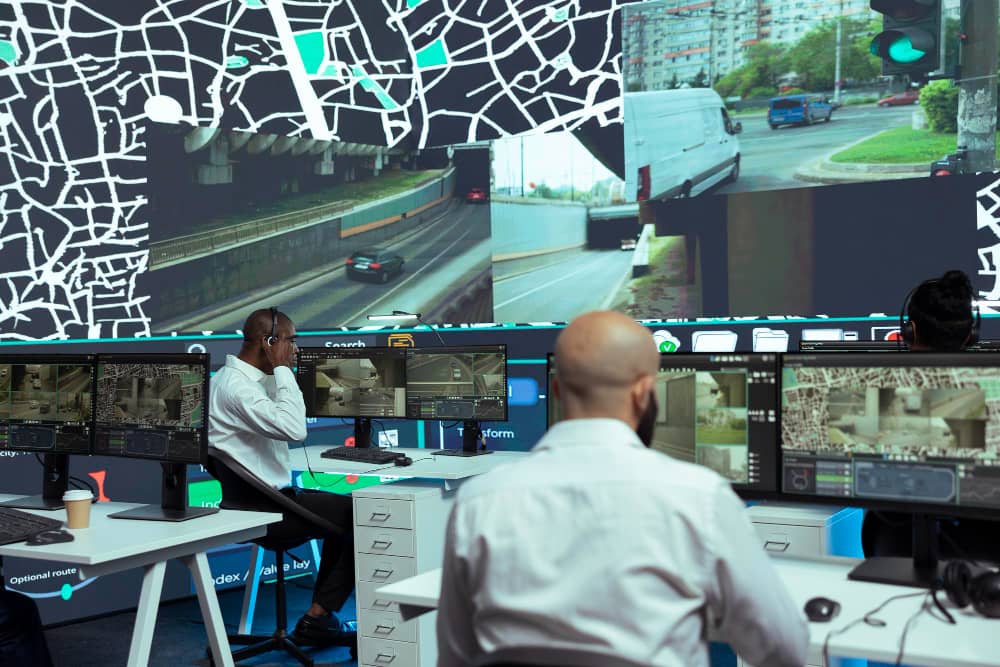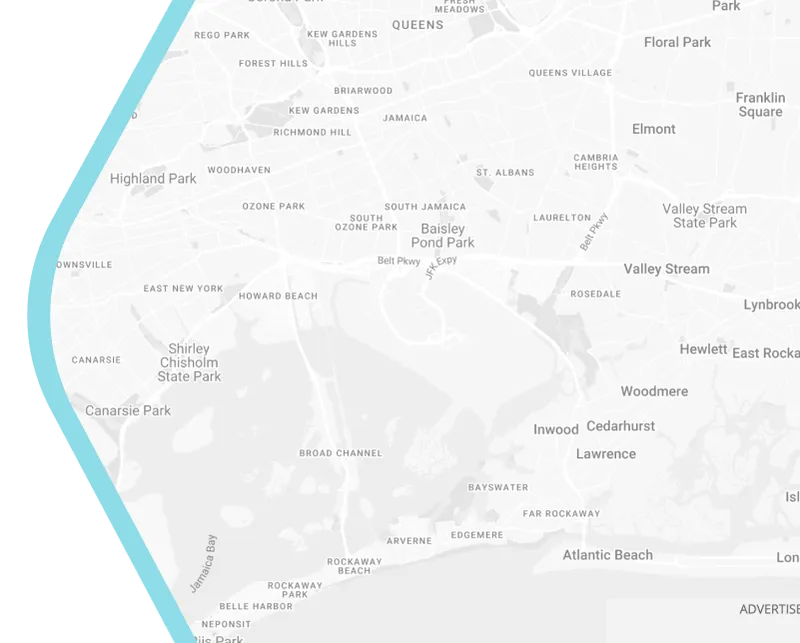
Urban Technology in Action: Smart City Solutions for Traffic & Mobility
Introduction – Why Mobility is at the Heart of Smart City Innovation
When people imagine a smart city, they often think of futuristic skyscrapers or digital dashboards. But the true backbone of a city’s smart transformation is mobility. Without efficient, sustainable, and accessible ways to move people and goods, even the most advanced city will struggle to thrive. Traffic congestion alone costs billions of dollars annually in lost productivity, wasted fuel, and environmental damage.
At Smart City Strategies and Solutions, we view mobility as more than transportation. It is about building connected ecosystems that empower citizens, foster sustainability, and create vibrant urban economies. By leveraging urban technology, cities can reimagine traffic flow, reduce emissions, and ensure equitable access to mobility for everyone.
The Challenge of Urban Mobility
Urban centers worldwide face mounting pressures as populations grow and vehicle ownership increases. Congested roads not only frustrate commuters but also contribute heavily to air pollution, noise, and greenhouse gas emissions. In some cities, traffic congestion accounts for nearly 30% of overall air quality problems.
The challenge is twofold: expanding capacity is expensive and unsustainable, while doing nothing only worsens the problem. Citizens demand faster, cleaner, and more affordable mobility, yet governments must balance limited budgets with long-term planning. This is where smart city solutions step in, providing technology-driven approaches that are scalable, data-informed, and environmentally responsible.
What is Smart Urban Mobility?
Smart urban mobility is the integration of digital technologies, sustainable transport modes, and innovative planning to move people and goods more efficiently. Unlike traditional transport planning, which often focuses on infrastructure expansion, smart mobility emphasizes optimization and connectivity.
The ultimate goals are:
- Reducing congestion by improving traffic flow.
- Cutting emissions through greener transport.
- Enhancing accessibility for all residents, regardless of income or location.
- Supporting economic growth by reducing time wasted in traffic.
Smart urban mobility isn’t about isolated projects—it’s about creating a seamless ecosystem where every mode of transport, from buses to bicycles, is interconnected.
Key Urban Technologies Driving Mobility
The foundation of smart mobility lies in urban technology. IoT sensors embedded in roads and vehicles provide real-time traffic data. AI algorithms process this information to predict congestion patterns and adjust signals accordingly. 5G networks ensure instant communication between vehicles, traffic systems, and city planners, enabling near real-time responsiveness.
Equally important is the role of big data analytics, which helps governments understand long-term patterns—such as peak travel times, underutilized routes, or the effectiveness of new transport policies. By combining these technologies, cities gain not just a snapshot but a living model of urban mobility, allowing them to anticipate problems before they arise.

Smart Traffic Management Systems
One of the most visible applications of smart mobility is intelligent traffic management. Traditional traffic lights run on fixed timers, often worsening congestion rather than solving it. In contrast, AI-powered adaptive signals adjust automatically to traffic flow, easing bottlenecks and reducing delays.
For example, cities like Los Angeles have adopted synchronized smart signals, cutting travel time by up to 12%. Real-time navigation apps powered by urban data also help drivers find less congested routes, reducing time spent idling on roads. Together, these innovations make traffic management more efficient without costly road expansions.
Intelligent Public Transport
Public transportation is the lifeline of any city, and technology is transforming it into a smarter, more user-friendly experience. Modern commuters now expect real-time arrival updates, digital ticketing, and seamless transfers between buses, trains, and trams. Smart systems also allow transport operators to adjust services based on demand, such as rerouting buses during peak hours.
A good example is Singapore’s Land Transport Authority, which integrates GPS tracking with mobile apps, giving commuters reliable information at their fingertips. This not only improves satisfaction but also increases ridership, reducing reliance on private cars.
Shared Mobility Solutions
The rise of shared mobility is another key aspect of smart city innovation. Bike-sharing, e-scooters, and ride-hailing platforms are bridging the first-mile and last-mile gap, making public transport more practical for daily use. When integrated into a city’s transport network, shared mobility reduces the need for private vehicle ownership, freeing up road space and cutting emissions.
In cities like Paris, the Velib bike-sharing program has become a staple of urban commuting, complementing buses and metros. These solutions not only improve convenience but also promote healthier, low-carbon lifestyles.
Electric Vehicles & Charging Networks
Electric vehicles (EVs) play a central role in reducing urban emissions. However, their success depends on the availability of smart charging infrastructure. Cities worldwide are investing in EV charging stations strategically placed at workplaces, shopping centers, and residential areas.
By linking these networks with renewable energy sources and digital payment systems, cities ensure that EV adoption is both practical and sustainable. For example, Amsterdam has developed one of the most extensive public charging networks in Europe, accelerating the city’s transition to clean transport.
Mobility-as-a-Service (MaaS)
Mobility-as-a-Service (MaaS) takes the concept of smart mobility to the next level by integrating all forms of transport—public, private, and shared—into a single digital platform. Through one app, users can plan routes, compare travel options, and pay for trips across different modes of transport.
Helsinki has pioneered this with its Whim app, allowing citizens to choose the most efficient combination of bus, metro, taxi, or bike for a single journey. This level of integration not only improves convenience but also encourages users to make more sustainable choices.
Case Studies Worldwide
Globally, cities are proving that smart mobility is not just theory but practice.
- Singapore uses AI-powered traffic monitoring to keep congestion at some of the lowest levels among major Asian cities.
- Barcelona has installed smart bus shelters equipped with solar panels and real-time passenger updates.
- Sydney has adopted the Opal card system, enabling smooth, cashless travel across buses, ferries, and trains.
These examples demonstrate how smart solutions can be adapted to local contexts while maintaining a shared goal of sustainable urban mobility.
Benefits of Smart Mobility
The benefits of adopting smart mobility solutions extend far beyond smoother traffic flow. Citizens enjoy shorter commutes, cleaner air, and safer streets. Cities see measurable improvements in productivity and lower infrastructure costs compared to traditional expansion. Businesses benefit from reliable logistics, and vulnerable groups gain access to affordable transport options.
Ultimately, smart mobility builds cities that are not just smarter, but also more inclusive and resilient.
Challenges to Implementation
Despite the promise of urban technology, implementation comes with challenges. High upfront costs for infrastructure often deter municipalities. Concerns about data privacy and cybersecurity also arise as more systems rely on digital tracking and personal information. Moreover, cities must ensure that solutions are accessible to all residents, avoiding a “digital divide” where only wealthier citizens benefit.
Balancing these challenges with long-term gains requires strategic planning and strong partnerships between public and private sectors.
The Role of Policy & Governance
Technology alone cannot solve mobility challenges. Strong governance frameworks are essential to guide implementation. Governments must create regulations that encourage innovation while safeguarding privacy and equity. Partnerships between city councils, technology providers, and local communities ensure that solutions are sustainable, widely accepted, and aligned with broader urban goals.
Future of Smart City Mobility
Looking ahead, the future of smart mobility includes autonomous vehicles integrated into public transport systems, green corridors that prioritize pedestrians and cyclists, and AI-driven logistics networks that optimize freight movement with minimal environmental impact. Cities that prepare today will be better positioned to thrive in a rapidly changing urban landscape.
How Smart City Strategies and Solutions Helps
At Smart City Strategies and Solutions, we combine vision with practical expertise. Using our Smart City Ecosystem™ and Smart City Mandala™, we help municipalities design and implement tailored mobility strategies. From digital analysis to project deployment, we ensure that every solution is scalable, future-ready, and citizen-focused.
Conclusion – Building Sustainable, Connected, and Efficient Cities
Mobility is the lifeblood of a smart city. By embracing digital transformation, adopting cleaner transport solutions, and creating connected ecosystems, cities can overcome congestion, reduce emissions, and improve quality of life.
The road to sustainable urban mobility is not simple, but with the right mix of technology, governance, and vision, it is entirely achievable. At Smart City Strategies and Solutions, we are committed to guiding cities on this journey, helping them turn mobility challenges into opportunities for growth and innovation.
